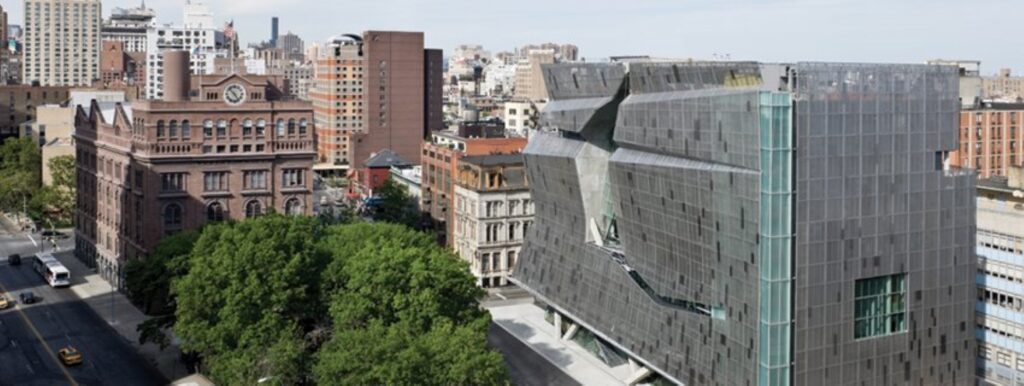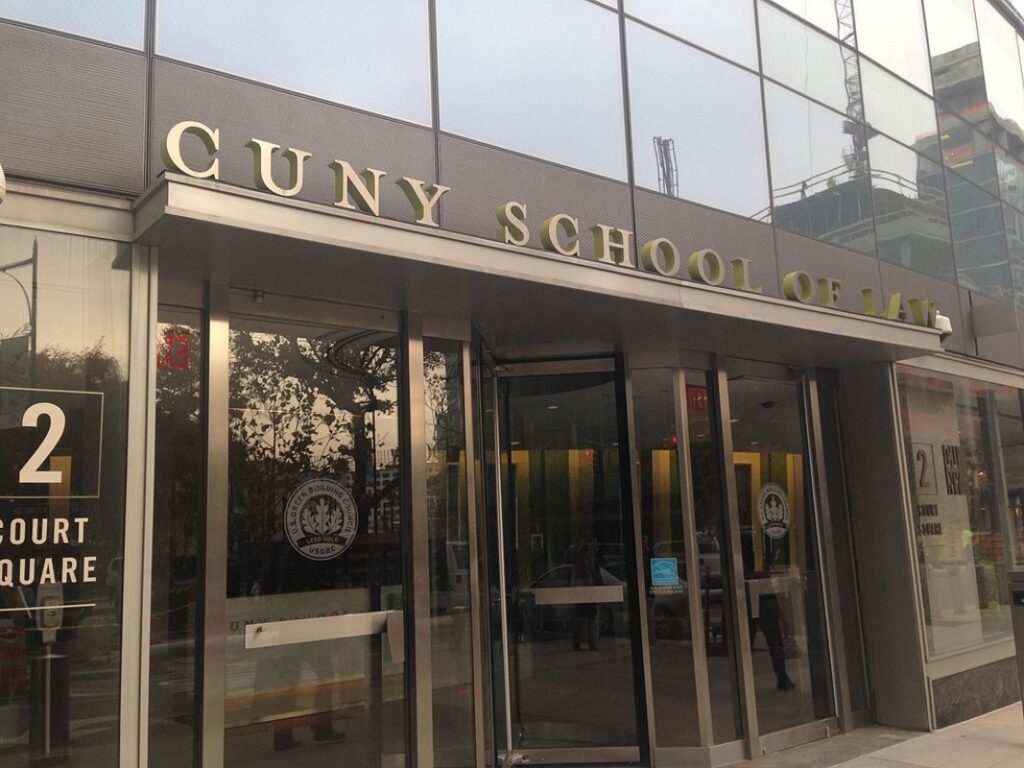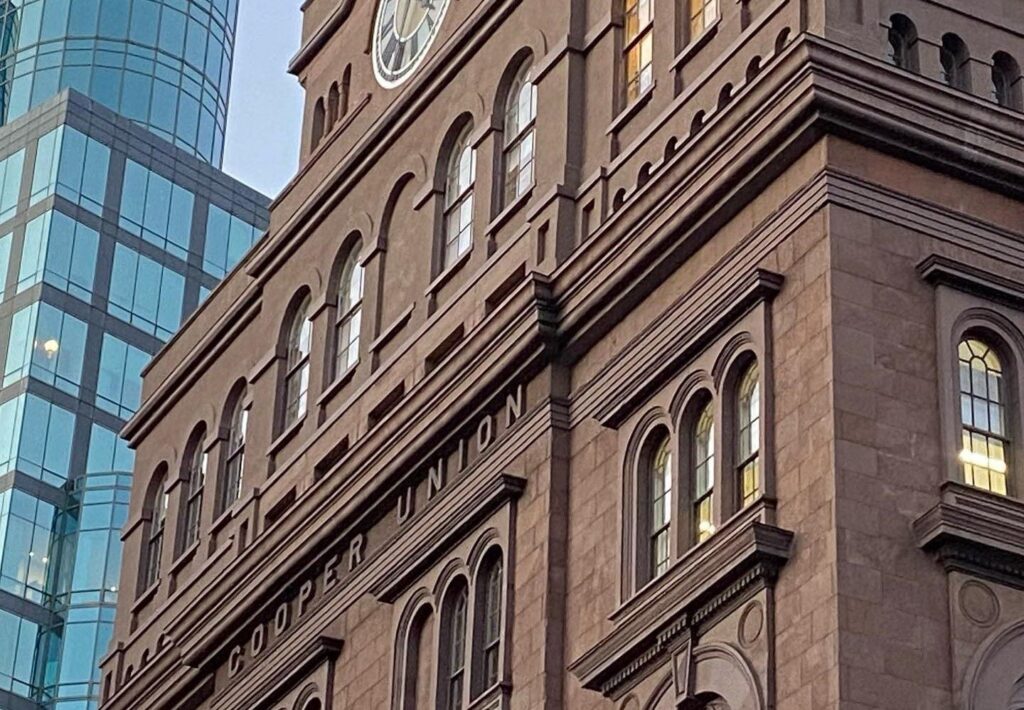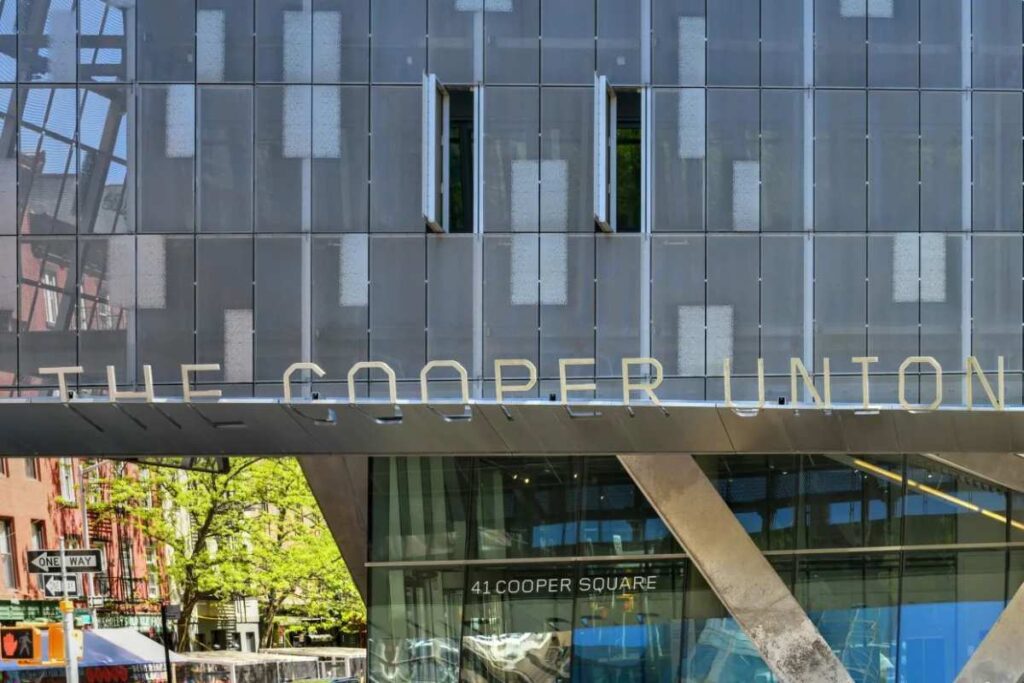In the first week of September, students at a New York City college received a pleasant surprise of Cooper Union tuition restoration of scholarships. Anyone familiar with the college’s history will know that the recent Cooper Union full-tuition scholarship announcement is not a first. Indeed, free tuition has been more of the norm at Cooper Union than otherwise.

So, resuming seniors will receive refunds of tuition paid for the fall semester and will not have to pay tuition for the spring semester due to the Cooper Union tuition restoration scholarship. Administrators announced the development on Tuesday, explaining that the institution is back to its free-tuition ways. Outgoing President Laura Sparks hinted during a statement that Cooper Union could return to its free-tuition status because of a $6 million donation from three alumni.
In 1859, when Peter Cooper founded the private college called by his name, the institution offered tuition-free classes for all grades. However, the college had to compromise a bit along the line. Did you just wonder, “When did Cooper Union start charging tuition?” Well, that would be 2014. This was contrary to Cooper Union’s founding ethos. However, monetary distress made it unavoidable at the time.
The college’s board of trustees drew up a 10-year revitalization plan shortly after the monetary distress. This plan aimed to raise funds from Cooper Union donors, cut costs, and save anything possible to make the college tuition-free again. Testament to the success of this drive is the fact that almost half of Cooper Union’s students currently attend tuition-free. In addition, the 891 undergraduate population of the prestigious East Village School of Art, Architecture, and Engineering presently pays less than 15% of $44,550. This explains why the new announcement of a full-tuition scholarship applies to the 228 seniors, who pay about 50% of tuition.
So, seniors at Cooper Union heaved a sigh of relief when President Sparks declared, “We are removing a major financial burden for our graduating classes.” Now, the good news for freshers and sophomores is that they equally get to enjoy similar benefits in their senior years.
Colleges and Universities Face Growing Challenges
Cooper Union used to be very picky. Due to its free tuition status, admission to the college was very competitive. However, since students started paying half of tuition, enrolment dropped, and the acceptance rate spiked. In 2013, when Cooper Union offered full scholarships to all students, the institution’s acceptance rate was 7.7%. However, it jumped to 14.4% a year later. Currently, Cooper Union’s acceptance rate sits at 12%.

Now, this scenario is not peculiar to Cooper Union alone. Most institutions are under pressure to up their acceptance quota in the face of declining enrolment. For one, the population of college-age students is shrinking. In addition, fewer high school graduates are willing to spend about three more years pursuing a degree that may quickly become obsolete.
College attendance is becoming less attractive by the day. The burgeoning cost of student loans and the post-graduation strains that come with them make most high school graduates look the other way. So much so that college education is now an option for only folks who can afford it outright. Indeed, many universities and colleges are struggling to keep their doors open.
ALSO READ: Many Parents Are Embracing College Jobs That Subsidize Their Children’s Tuition Through Discounts
Making College Affordable Could Provide Relief
Students now know better than to amass debts and serve the banks after graduation. So, institutions are trying to earn their trust again while making education affordable. Some, like Cooper Union, are actively trying to make tuition-free enrollment.

According to Robert Franek, editor-in-chief at The Princeton Review, making higher education tuition-free and affordable will likely boost application traffic. The state of New York is already bankrolling something of that nature. For example, the City University of New York now offers high school seniors automatic admission with an added clause of full tuition cover.
A Promise It Was Founded On
The founder of Cooper Union was a philanthropist and industrialist who even invented the first American steam train in 1829. Interestingly, the longtime founding commitment of Peter Cooper’s tuition-free outlook was to make his college “as free as air and water.” This somewhat explains the untiring drive for the Cooper Union tuition restoration.

For the first 155 years of its existence, Cooper Union’s ranking was that of a full-tuition scholarship institution. It turns out that a bad stroke of luck led the college to the brink of insolvency in 2014. Being a private-run college, the institution made a $35 million investment and took out a loan of $175 million. Seeing its precarious situation, school board members agreed to charge students tuition for the first time in Cooper Union’s history.
ALSO READ: Top 10 Colleges for Financial Aid—Including One Ivy League School
How Much Does CU College Cost?
For the 2021-22 school year, the total average expense of a student at CU was $69,122. Tuition was $46,820, and additional costs amounted to roughly $22,302. However, tuition at the New York City College is $44,550 for the new academic year commencing this September.
You Might Also Like:
Chase Bank Acknowledges Viral ‘Glitch’ Encouraging Check Fraud Attempts
Verizon Acquires Frontier Communications in $20 Billion Deal to Expand U.S. Fiber Network
It’s Official: The 500-Mile Electric Car Is Here
Mortgage Refinance Demand Soars 94% Year-Over-Year as Interest Rates Drop Again

